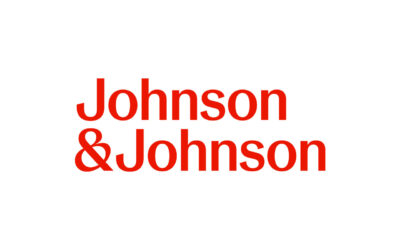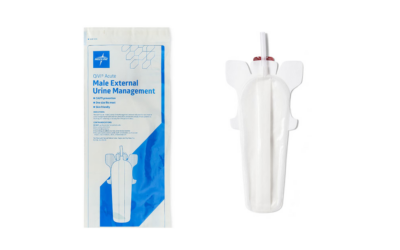So you’re ready for your survey. Got the policies and procedures down pat. Know the accreditation handbook inside and out – paying special attention to administration, governance and quality improvement. Checked that all your providers are appropriately credentialed and privileged for your center. Studied the list of approved procedures. Yep. You’ve got all those accreditation standards reviewed and you’re ready to go.
But wait a second. How about infection prevention? As a surveyor, what I often see topping the list of deficiencies are the ones that impact infection prevention. Here are some questions that you should ask yourself prior to the survey:
How is the IV start technique in the pre-op or OR area? Does the staff pay attention to washing hands before and after; and are the items that need to be aseptic maintained as such? Does everyone swab the port with alcohol before accessing the IV system? (This simple step is so frequently skipped!) Does your OR follow standards set by AORN for the attire policy? (And does the whole team follow this?) Which disinfectant solutions are used to clean surfaces and floors, and is the staff using them aware of the kill time or “wet time?” (One way to ensure this is to mark your wipe containers or spray bottles in bold with the number of minutes that the surface needs to remain wet.) Does the turnaround time designated for your ORs confirm that the kill times are being respected?
Check your techs in the reprocessing area – do they know how to handle and clean all the various instruments and devices? The infection preventionist nurse should be doing periodic checks to verify that items are being cleaned correctly and that the staff follows the manufacturer’s guidelines for processing. A large binder with all the IFU (instructions for use) should be accessible in each processing area. Verify that the biological and chemical indicators you run have the results documented accurately. Make sure that dates and times are correctly noted. Can the surveyor easily track which instrument set was used and see evidence in the sterilization logs documenting when and how it was processed?
Everyone knows – or should know – what to do if a biological indicator fails or the autoclave fails. But is there a written policy telling staff exactly how to respond? Just documenting the failure isn’t enough. What happens next and who should be notified? Are patient contact items disinfected according to manufacturer IFUs? Are the current recommendations being followed for things like BP cuffs, thermometers, laser lenses, monitoring equipment? Does the time out review infection risks such as immunocompromised state, previous blood borne pathogen, or MDRO infection status? Is the implant in the OR, and is it verified by the surgeon prior to the start of the case? Can its sterility be assured by package integrity or confirmed by a negative biological indicator result prior to use? Is the antibiotic pre-op administration verified?
All staff should have documented education in infection prevention performed at least annually. Can you supply evidence of this education for the surgeons and anesthesia providers as well? Have they been updated on the changes in infection prevention, sharps safety, or any other relevant policy changes?
Most importantly, how can you work with your surveyor to make the entire survey process educational and helpful? Remember the handbook we talked about earlier? Know it so thoroughly that you can easily discuss the standards if a question comes up. Make use of available resources such as the checklists in the handbook, CMS infection control survey sheets and other online resources and surveillance tools. Express your concerns directly with the surveyor when you don’t understand. Don’t be afraid to say things like, “Can you show me where I would find that reference?” or “Which standard does that apply to?” or even “Help me understand how we can better meet that standard.”
Lastly, motivate your staff to be involved in the survey process by keeping them educated. Use various members of the team to complete surveillance. Quality improvement (QI) studies are one form of survey prep that can help your team be more confident that they know what to do – not just when the surveyor is watching, but in their everyday work. Surveyors can usually tell when the OR team “gets it” and really owns the processes they follow for patient safety.
Undergoing a surveyor’s rigorous inspection in the surgery center can be a daunting experience for even the most seasoned and professional team. There is just something a little unnerving about having a person watch your every move, knowing you will be assessed on every action. But if you’ve done a thorough job of preparing for your accreditation survey – and paid extra attention to the infection prevention part of the survey – you will come through with flying colors. When that happens, make sure you celebrate with the staff. Throw a “We did it party” and don’t forget to continue to reaffirm your efforts throughout the year.
Mary Sibulsky is nurse manager of an ophthalmic ASC in North Idaho and has been a nurse since 1975. She is a proud member of her local APIC Chapter #102 conference committee and board. She has presented at national APIC as well as at regional APIC meetings on infection prevention and the survey process and infection prevention in underdeveloped countries. She has worked as an ASC Surveyor for AAAHC since 2007.









